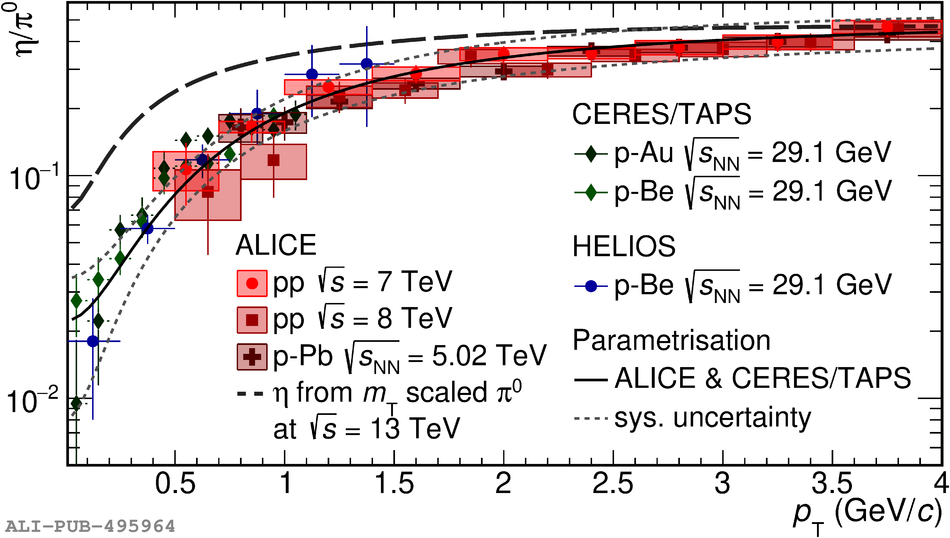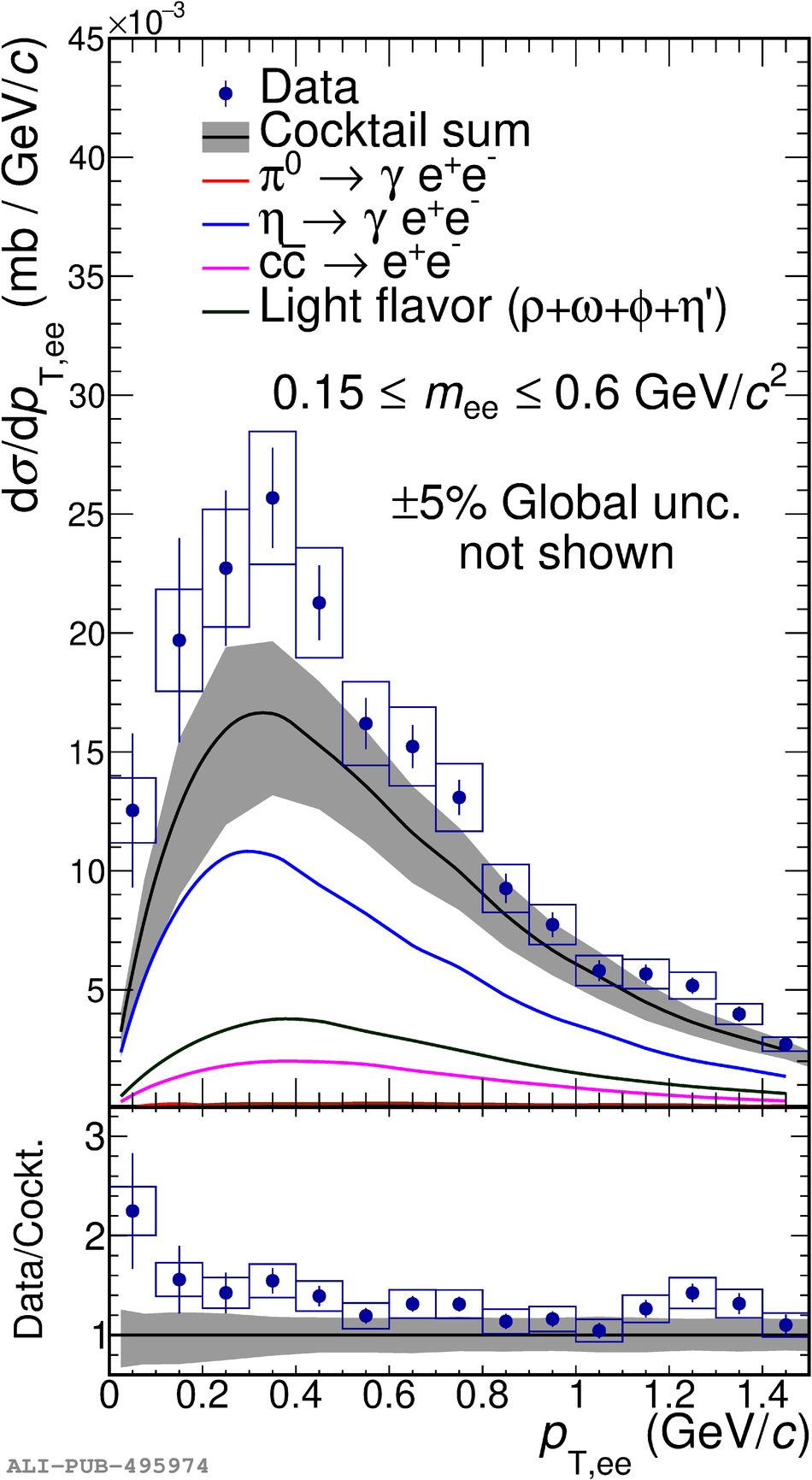A measurement of dielectron production in proton-proton (pp) collisions at $\sqrt{s} = 13$ TeV, recorded with the ALICE detector at the CERN LHC, is presented in this Letter. The data set was recorded with a reduced magnetic solenoid field. This enables the investigation of a kinematic domain at low dielectron invariant mass $m_{\rm ee}$ and pair transverse momentum $p_{\rm T,ee}$ that was previously inaccessible at the LHC. The cross section for dielectron production is studied as a function of $m_{\rm ee}$, $p_{\rm T,ee}$, and event multiplicity ${\rm d} N_{\rm ch}/{\rm d} \eta$. The expected dielectron rate from hadron decays, called hadronic cocktail, utilizes a parametrization of the measured $\eta/\pi^0$ ratio in pp and proton-nucleus (p-A) collisions, assuming that this ratio shows no strong dependence on collision energy at low transverse momentum. Comparison of the measured dielectron yield to the hadronic cocktail at $0.15<~m_{\rm ee}<~0.6$ GeV/$c^2$ and for $p_{\rm T,ee} <~ 0.4$ GeV/$c$ indicates an enhancement of soft dielectrons, reminiscent of the 'anomalous' soft-photon and -dilepton excess in hadron-hadron collisions reported by several experiments under different experimental conditions. The enhancement factor over the hadronic cocktail amounts to $1.61\pm 0.13\,(\rm{stat.})\pm 0.17\,(\rm{syst., data}) \pm 0.34\,(\rm{syst., cocktail})$ in the ALICE acceptance. Acceptance-corrected excess spectra in $m_{\rm ee}$ and $p_{\rm T,ee}$ are extracted and compared with calculations of dielectron production from hadronic bremsstrahlung and thermal radiation within a hadronic many-body approach.
PRL 127 (2021) 042302
HEP Data
e-Print: arXiv:2005.14522 | PDF | inSPIRE
CERN-EP-2020-095
Figure group





